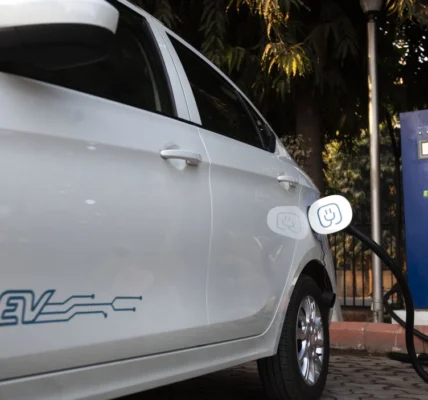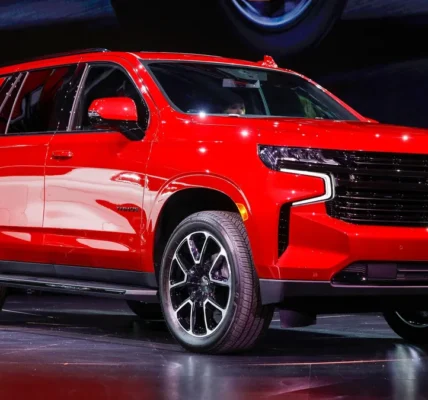An effective and cost-friendly transportation system is a fundamental requirement in the contemporary era. In the current scenarios where traditional combustion engines have become an obsolete technology with petrol or diesel vehicles being environment-polluting options, Electric Vehicles (EVs) have emerged as the best eco-friendly substitute. However, it is noteworthy that Electric vehicles use batteries, majorly Lithium-ion Batteries (LiBs) instead of fuels like petrol or diesel as a source of power and energy.
Electric vehicles with an appropriate battery pack can be an efficient and cheaper mode of transport for routine travel requirements. Unlike ICE vehicles, EVs are made up of a small number of components, of which the batteries constitute 40% to 50% of the cost. Therefore, the battery pack is considered to be the core of the electric vehicle, and the electronics that manage this core is called the Battery Management System (BMS) which is critical to ensure safety and to achieve better performance and efficiency in EVs using LiBs.
BMS serves three critical functions. First, it ensures that the battery pack is operating within its safe operating limits. Second, it ensures the cells that form the pack are free from imbalance. Third, it collects the data and communicates with the charger and the Vehicle about the status of the pack and makes decisions based on the predefined conditions wherever necessary.
It is crucial for both manufacturers and end users to thoroughly understand the significance of a strong battery management system designed for EVs. Different types of batteries are used to power electric vehicles, and the decision regarding the battery selection depends on factors like its energy storage efficiency, production costs, constructive characteristics, safety, and lifespan. The selection of batteries based on the BMS should become a norm. Lithium-ion chemistry-based batteries have shown predictable behaviours. The quality of measurement and monitoring of the behaviour of the LiBs differentiates one BMS from another. Broadly, we can say that three critical aspects need to be looked at to ensure the selection of the right BMS for an e2W application.
Type of (Analog Front End) AFE used: AFE is a set of analog signal conditioning electronic circuitry that forms the core of the BMS. It reads the Voltage, Current, and temperature sensor values from the battery pack and makes decisions for the acts of cell balancing and safe operating limits maintenance. The AFEs contain logics and algorithms that provide critical information like the remaining charge left in your vehicle, the present health of your battery pack, and how much time it will take to complete the charge. One analogy that can be drawn here is with Laptops. Today, the performance and efficiency of laptops are heavily dependent on the processors like Intel, AMD, etc. Similarly, for battery packs, it is the AFE that is being used from TI, NXP, LTC, etc.
Current limits of the FETs (Field-Effect Transistors): The current rating of the FETs is another important parameter that defines the current limit of your applications. The component derating is an engineering factor that defines the life of the FETs. Generally, the BMS current rating is what is defined as part of the specifications. It is important to understand the temperature cut-off limit of MOSFETs (Metal-Oxide-Semiconductor Field-Effect Transistors) to broadly understand the factor of safety of the power distribution system of the BMS.
Communication Protocols: Another important function of BMS is to communicate with the charger and the load. Broadly there are BMS enabled with Serial communications like I2C, SPIs, UARTs, and CAN or both. Automotive communication standard is CAN architecture or framework that is critical from a homologation perspective. Serial communications help in firmware loading and debugging activities. It is better to select a BMS that encompasses both communication protocols.
Though there are a lot of other critical aspects that need to be looked at like balancing current, memory limitations, precharge circuitry, active and sleep power consumption, EMI/EMC features, and microcontroller specifications, the above are the top three aspects that need to be looked very carefully at the first level of identification of a BMS.







